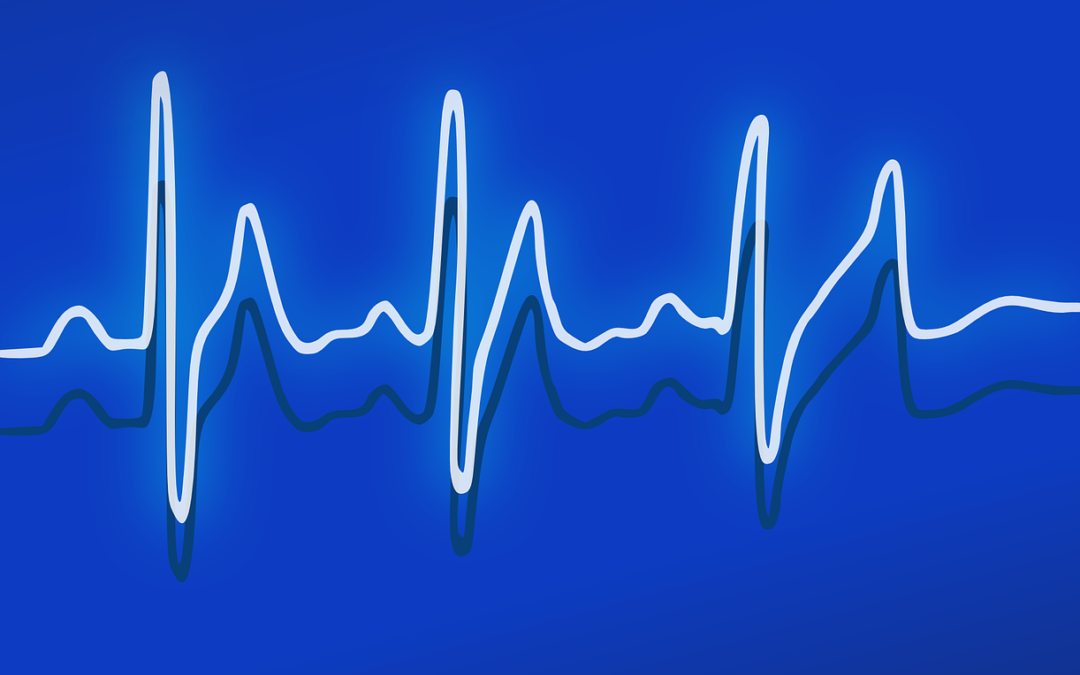Our increasingly progressive society has finally begun to speak of Men’s Health issues with a refreshing candor. In the discussion of male androgen deficiency or low testosterone levels associated with the aging process, we are only recently able discuss the topic authoritatively and not in the hushed whispers as was once the case in medicine. Doctors have begun to acknowledge a “male menopause” that is similar to the menopause that occurs in women of a certain age, due to ovarian failure. Androgen therapy, as it relates to the decrease in testosterone levels produced by the testes, is the correlative and biologic equivalent of estrogen deficiency due to female ovarian failure in the unquestionable phenomenon of menopause. It bewilders me as to why supplementation and maintenance therapy is not a given, and requires explanation or justification. Hormone levels of both sexes seem to flail as we age causing problems with libido and sexual performance, as well as redistribution of muscle mass and mood changes.
To cast further aspersion is the notion that testosterone therapy places one at risk for cardiovascular disease. This theory has been dis-proven by several credible authorities including the American Heart Association. The gender differences we see in relation to coronary disease prompted researchers to postulate a relationship that testosterone must be related to coronary disease, as older men have more heart attacks and coronary artery disease than women of a similar age. This is somewhat oxymoronic on the surface as the men who have coronary artery disease are men who have age related androgen deficiency. Young virile teens, with high testosterone levels are not having heart attacks, after all. If anything, this should cause authorities to postulate just the opposite, that testosterone is cardio-protective. Rosario and other AHA physicians were able to prove just that. In the study testosterone therapy via injection was administered to men with known coronary disease and they were given stress test. The study concluded that “administration of testosterone therapy induces a beneficial effect in men with coronary artery disease” and “there is no direct evidence to support the hypothesis that plasma testosterone levels or testosterone administration is associated with increased risk of coronary artery disease and myocardial infarction.(1) In research by MCGrath et al (2008) in studying testosterone therapy and cardiovascular disease concluded that “exogenous testosterone therapy appears to have a largely beneficial effect on men” (2).
Testosterone therapy has been used to treat hypogonadism due to primary and secondary mechanism , including “low T” associated with aging, defined as serum testosterone less than the normal range of 2.88-3.46 ng/ml , with beneficial effects on libido, sexual function, body muscle mass, stamina and energy levels as well as feelings of well- being and osteoporosis(3). The researchers initiate testosterone replacement with aims at achieving a target seen in young healthy males of 2.8-10 /ml. (3). Serum testosterone like many hormones shows a diurnal pattern with serum testosterone levels declining in the afternoon and evening, and peaking in the morning. This is a natural phenomenon.
Testosterone replacement therapy preparations can be administered via several routes, there are topical creams and gels that can be prescribed and prepared specifically dosed by compounding pharmacies to suit individual needs. There are topical prescription brands as well. Testosterone can also be administered via intramuscular injection of testosterone cypionate. Implanted subdermal pellets enhance patient compliance but are not necessarily favored. Topical preparations offer steady state pharmacokinetics when applied daily, but compliance can be an issue, with individuals simply forgetting to apply the gels. This is no more an issue than with any daily medication that is self-administered. Men are encouraged to apply the cream or gel after showering to completely dry skin daily as to reinforce a regimen and enhance compliance.
In studies between injectable and implantable testosterone pellets, Fennel and colleagues who compared testosterone therapy with injected testosterone given biweekly versus subdermal implanted pellets found that while the pharmacokinetics were distinct to each modality, the pharmacodynamics produced clinically stable and similar effects in relationship to a comprehensive number of measured variables including biochemistry, hematology and clinical indicators such as sexual function and mood. This research did demonstrate that patients were overwhelmingly more satisfied with the injectable testosterone, with 91% of subjects tested preferring injectable testosterone therapy (4). The implanted testosterone pellets doses at 150-450mg administered every 3-4 months were recommended for youth who were suffering from hypogonadism as they enhanced compliance, and often dosing adjustments were required to obtain clinical benefit as the dosing range is wide. Testosterone via injection appears to be better tolerated by patients, based on the research, with equal pharmacodynamics in relation to pellet forms.
Erectile dysfunction remains an underdiagnosed medical condition, the leaps and bounds we have made as a society in acceptance of our sexual health and it’s very real role in our overall well-being. Data in the effect of testosterone supplementation on erectile function to include spontaneous erections and sexually related erections were demonstrated in 24 studies with some 1473 individual participants (5). Given the beneficial role of testosterone therapy in men with “low T” or low testosterone, supplementation to levels typically seen in younger males, has proven to have an overall beneficial role in libido, erectile function, body muscle mass and osteoporosis. The psychological benefit of witnessed improved mood and sense of well- being in those patients who received supplementation should provide added substantial evidence-based data to even the most skeptical of health care providers. Additionally, with the safety profile, as indicated by the AHA’s research in Circulation, one should not hesitate to recommend testosterone therapy in any modality (topical, injectable or pellet) that best suits the lifestyle needs of your patient.
Citations:
- Rosano Guiseppe MD PhD, Leonardo Fillipo MD, Pagnotta Paulo MD. AHA Investigative Reports: Acute Anti-Ischemic effect of Testosterone in Men with Coronary Artery Disease. Circulation 1999-99 pp1666-1670 doi 10.1161/.012.
- McGrath K., McRobb LS, Heather A K. Androgen Therapy and Atherosclerotic Cardiovascular Disease. Vascular Health Risk Management 2008 Feb; 4 (1) 11-21.
- Human Reproductive Update Sept/Oct 2004 10 (5) 409-419
- Fennel C, Sartorius G, Ly LP Randomized Cross Over Clinical Trial of Injectable versus Implantable Depot Testosterone for Maintenance of Testosterone Replacement Therapy in Androgen Deficient Men. Clinical Endocrinology 2010 73 (1);102-109
- Corona G, Isidori AM, Burat J. Testosterone Supplementation and Sexual Function Journal of Sexual Medicine 2014 11 (6) 1157-1592.




